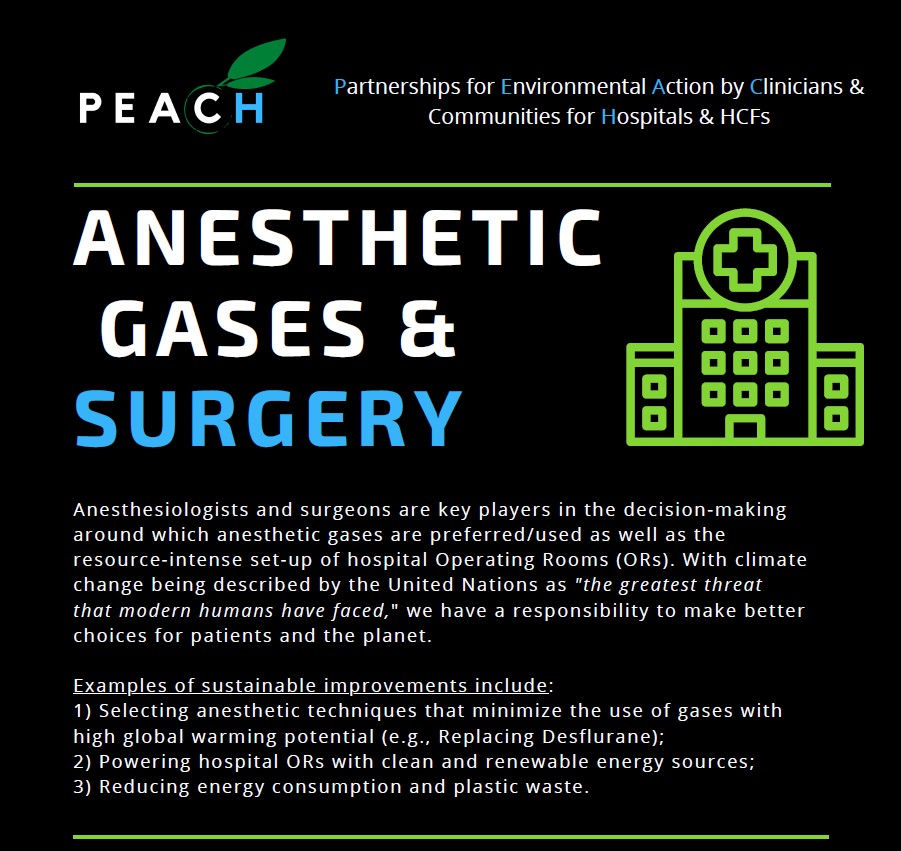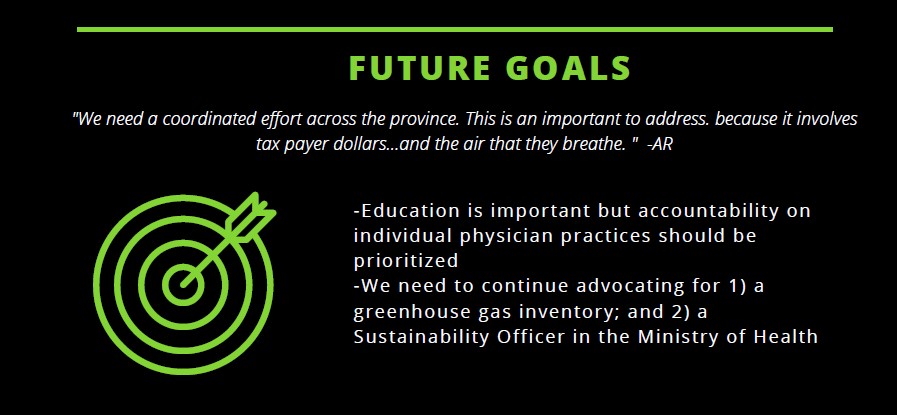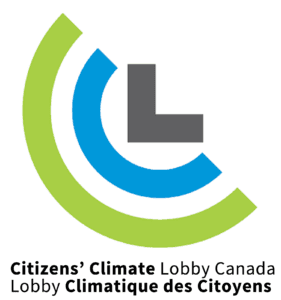On Thursday, November 25, 2021, Dr. Sanjiv Mathur, shared with us compelling reasons why volatile anaesthetics should be added to Canada’s GHG inventory. Mathur Presentation, November 25, 2021 (pdf presentation) PDF References: Online Reference: Dr Sanjiv Mathur is a Anesthesiologist at Health Sciences Centre in Sudbury Ontario and an Associate Professor at NOSM. His research interests include cardioprotection , and environmental medicine. He has several publications and has presented at the Canadian Anesthesiologist Society, International Anesthesia Research Society, American Anesthesiologist Association, and the New York Post-Graduate Assembly in the past few years on the impact of anesthesia on the environment. He is an invited speaker and lecturer on the environmental impact of medicine. He is on the founding Board of the Canadian Anesthesiologist Society for Environmental Sustainability chapter and the Ontario Anesthesiologists Sustainability chapter. Dr. Mathur is a Board Member of Citizens Climate Lobby Canada. He has served as the president of the Sudbury and District Medical Society and as a Member of OMA Council serving as a delegate for Northern Ontario. At the OMA, Dr Mathur participated in the Medical Assistance In Dying file and is the lead physician providing this service within HSN. Dr Mathur was the co-founder and co-director of the Acute Pain Service at HSN focusing on peri operative analgesia and safety. Dr Mathur founded the Blood Conservation Program at HSN and has sat on the Boards of the Ontario Blood Advisory Committee and Ontario Nurse Transfusion Committee. He is the chair of the Transfusion Committee at HSN. Laser Talk: The Potential Impact of Pricing GHG Pollution From Volatile Anaesthetics At COP26, Canada signed onto the WHO COP26 initiative to build resilient, low-carbon health systems. This is wonderful news given that 4% of GHG emissions in Canada come from the health care system. In 2020, Health Sciences North (HSN) in Sudbury ON removed desflurane from the formulary. The implementation of this measure was associated with a significant drop in carbon dioxide equivalents (CDE) from HSN volatile gases use by 723 tonnes in just that one hospital in 2016 compared to 2020. The 2016 CDE at HSN were: sevoflurane, 31 tonnes vs desflurane, 744 tonnes; and the 2020 CDE were: sevoflurane, 52 tonnes vs desflurane, 0 tonnes. It should be noted that the number of operations decreased because of the COVID pandemic. Currently, very few Canadian hospitals have banned Desflurane. Carbon pricing could be an effective strategy to reduce carbon pollution in the operating rooms. At Canadian carbon price of 30 CAD/tonne CDE (price in 2020 at the time of study completion) if applied to volatile anesthetic gases would increase prices by 1.48 CAD per bottle of sevoflurane and by 26.82 CAD per bottle of desflurane. In 2030, the projected carbon price of 170 CAD/tonne CDE would increase the price of sevoflurane by 8.39 CAD and the price of desflurane by 151.98 CAD. This will essentially make the purchase of desflurane difficult to justify. Unfortunately, volatile anesthetics are currently not included in the GHG Canadian inventory. Thus, given this compelling data, Citizens’ Climate Lobby Canada is asking that volatile anaesthetics be included in Canada’s Greenhouse Gas Inventory. Reference: https://pubmed.ncbi.nlm.nih.gov/34664201/ Updated December 12, 2021
PEACH Bytes Anesthetic Gases and Surgery (pdf visual)
Sanjiv Mathur's Bio
Laser Talk
It is well established that volatile anesthetics are potent greenhouse gases (GHG) and that desflurane is responsible for a significant portion of the carbon footprint of the operating theatre. It is also well established that replacing desflurane with sevoflurane will significantly reduce GHGs in the operating room without compromising patient care.
CCL Canada Ed Call: Adding Anaesthetics to the GHG Inventory
Home » CCL Canada News » CCL Canada Ed Call: Adding Anaesthetics to the GHG Inventory
CCL Canada Ed Call: Adding Anaesthetics to the GHG Inventory
Posted on November 26, 2021 in CCL Canada Education Call
















